Today, we’ll take a look at six of the market’s best Bitcoin debit cards. We’ll look at where it all started and how far we’ve come, and then declare a winner.
Maybe, in the year 2025, the vast majority of the mainstream world will offer a Bitcoin payment option just as ubiquitously as they do PayPal. Rome wasn’t built in a day, and Bitcoin has made a lot of progress in seven years. Yet, Bitcoin’s advanced peer-to-peer payment system will have to ride the rails of the rather ancient 1950’s-based debit card technology until the world catches up to “The Future of Money.”
It is a clear case of taking one step back to take several steps forward, at some point in the future. If you have not yet seen it, Andreas Antonopoulos brilliantly explains this rather clumsy game of technological leapfrog through the course of human history here.
Eventually, the superior technology wins out, but we are still a few years away from that event horizon. Until that day comes, you and I are stuck using debit card technology, whose only technological update worth mentioning is a metallic chip on the front of some offerings. Many still do without, with little or no consequence.
The world still runs on plastic, so the Bitcoin business community has begun to offer more and better debit card options over the last three years. Let’s start with the first one to hit the market, back in 2013.
BitPlastic
If you go to BitPlastic’s website, their site’s graphics will mention, more than once, that it is “The world’s only Bitcoin debit card.” This was the first Bitcoin debit card I had ever seen, back in 2013, when the others were still a gleam in a corporation’s eye, but the world has changed a lot in three years. Bitplastic? Not so much. Their terms are still much the same as they always were, but it still has some solid market benefits that could prove useful, depending upon your needs.
It comes with a Bitcoin wallet, an online shopping cart to accept Bitcoin payments on your website, and a PayPal Exchange. The card does not require any identification to receive, taking any future identity theft through centralization of your information out of the equation.
Their web services are also TOR compatible. BitPlastic actually encourages you to use a fake name and TOR email to get started. Since it does not require your ID, your name is not printed on the card. This is a double-edged sword, as you can take money out of ATM’s anonymously, but it can be difficult to find an offline merchant who will accept a nameless card at checkout.
Many websites will also fail to process a card with no name. They do use Visa, the world’s largest merchant processor, so no demerits there, but if you lose the card, you’ve also lost your BTC. Cripes!
The terms of service are where BitPlastic starts to lose a lot of steam. Getting the card costs 0.25 BTC, which right now is almost $150 USD, and subject to change, so it is by far the most expensive card you can buy. Daily ATM withdrawal limits are still just $200 USD. ATM fees are low at $1.50 USD, but there is a 5% conversion fee for moving Bitcoin into cash on your card.
And it also does not appear to offer an option to use other global currencies, only the U.S. Dollar. America was the only real Bitcoin market for Bitcoin, back when BitPlastic began.
Being the first Bitcoin debit card is to be respected, but the market has passed the card by, not just the site’s graphics. BitPlastic should update all of the above.
Shift
Shift works in association with the ever-popular Coinbase wallet, Dwolla, and Visa, so it has a strong foundation to operate from, and millions of potential consumers to assist.
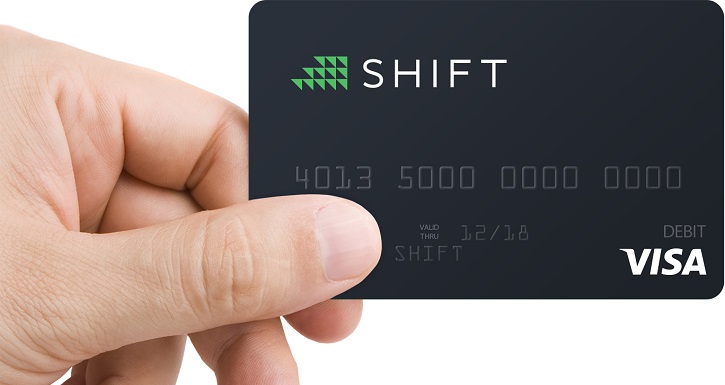
They market themselves as the first U.S. debit card. This is significant in that regulations have limited the access of some Bitcoin card companies to the U.S. consumer. Some have found a way around these pitfalls and Shift is one of them.
Benefits include a responsive mobile app for “immediate spending notifications,” no charge for domestic transactions, nor any conversion fee from BTC to fiat. The card itself is fairly priced at $10 USD.
Issues are not insignificant. It is only available to U.S. consumers, and even then, not in all 50 states (45 states at this time). Daily limits are $1000 USD without identification, but for those who submit documentation, these can be raised if you email them. Dwolla account users can get $500 per day from an ATM. Coinbase is limited to just $200.
Shift is a solid debit card, but can only play in one market and one currency, and its spending limits are…limiting. Let’s see if we can do better.
Wirex
Wirex has been rebranded last year from the E-Coin card. I, personally, had their E-Coin card, so I can write some experience, but it will lose some relevance, as it was from its previous form.
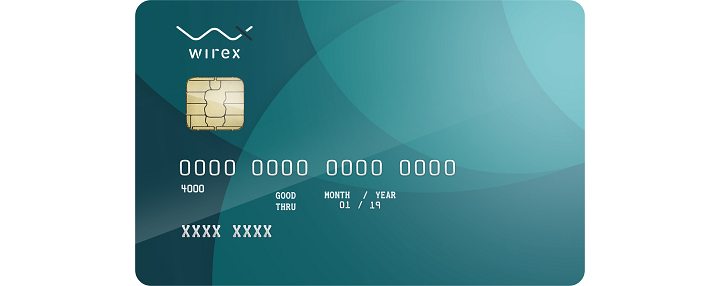
Wirex advantages include a responsive mobile app, multiple currencies available (USD, EUR, GBP), and worldwide delivery brings everyone into the Bitcoin fold. Also, there is no limit to the value of purchases made online when using Wirex.
Potential downsides include a monthly SMS Notification Fee, higher than average card costs ($17 for the physical card and $3 for a “virtual” card for online purchases,) and limits on card loads and cash withdrawals without identification. Lifetime ATM withdrawal limit is $1000 USD until verified, so the $200-400 ATM transaction limits are made irrelevant until you submit to KYC/AML. Maximum load on the card is $2500 until verified, but ATM and card loading limits are totally removed after ID submission.
In my personal experience, the ATM limits are the same as they were last year. The customer support for my E-Coin card was poor. This may have changed since the rebranding, but I was disappointed and was inclined to look elsewhere, finding another card on this list to use.
Xapo
Xapo is another elder statesman in the Bitcoin community, beginning operations as a company back in 2013. Xapo does serve major markets like China, Japan, Canada, and the U.K.
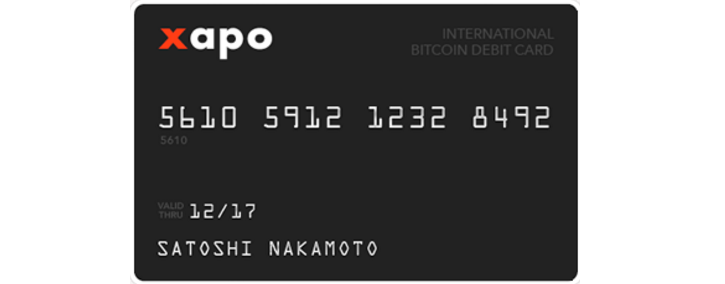
Xapo does not serve most African countries (except South Africa, which it accepts) and the United States. Xapo has not been able to maneuver around their regulatory hurdles, while others have, and their troubles there have been well documented.
Benefits include your own Bitcoin wallet and Xapo “Vault,” which is free to use. The Vault feature allows far greater Bitcoin security, advanced encryption, offline storage and “military-grade physical security.”
Locations include Europe, Oceania, and the U.S., which is interesting since they can’t serve U.S. consumers or citizens your Xapo account also allows you to buy Bitcoins directly using five different currencies, and the card converts Bitcoin into USD, GBP, or EUR.
Potential issues include an above average price (up to $20 USD,) cards can take up to 35 days to be received, depending on your location (faster delivery times reserved for Europeans,) and annual fees after year one, which is free. ATM limits are the same as Wirex. $200 per ATM transaction, $200 per day and $1k limit until ID verified, which removes all limits.
CryptoPay
If you look up “Bitcoin debit cards” in Google, the CryptoPay card comes up first in the results. Does that mean it is the best debit card? Let’s see.
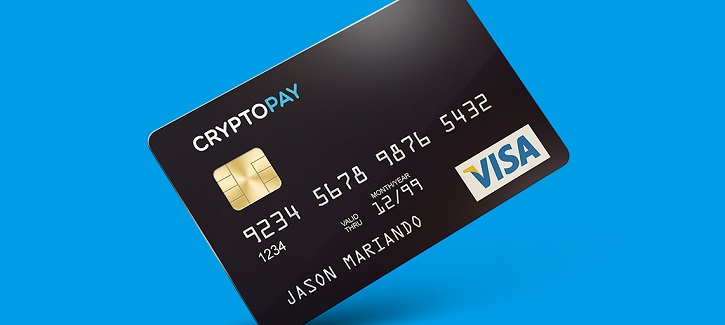
Benefits include access via the three major currencies, you can buy the card with these currencies, or with Bitcoin, and they ship for free anywhere in the world. You’ll get faster delivery times in Europe, which is about 5 business days.
The card price is slightly above average, at $15 USD/EUR/GBP. They offer 3-day shipping with DHL, but the prices can go up to $75 USD. Like Wirex, you also have to pay for a “virtual” card, this time, $2.50. And there are monthly service fees for all their cards, even the one that doesn’t really exist, so you get two monthly fees. There is also a 1% card loading fee as well.
BitPay
Now we come to the newest kid on the block, the BitPay debit card. This card has only been available for three months, and I personally own one of these cards. As you can see, it does not have one of those metallic chips in the front, but it not limited its usability to me.
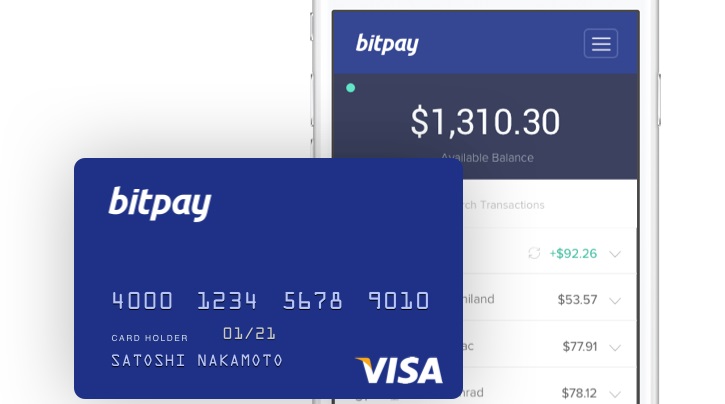
Benefits include the highest limits of this comparison, without verification. Each card can hold up to $25,000 in funds, and up to $3,000 can be withdrawn daily, $750 at a time, all highest in this review. This removes the need for any verification at all.
No documentation is needed and the card costs a low $9.95 to obtain. You can set up direct deposits on the card, if you get paid in Bitcoin, through your personal account website. And there also is no charge to change your PIN (most cards here have a $1 charge.)
Demerits include it is only available to U.S. citizens, and you can only buy one with Bitcoin, not fiat. Other currencies also are not available at launch. They only ask for an SS#, date of birth, name, and address in their online order form.
My personal experience is that the card has been exactly what I would want in a Bitcoin debit card. Transfers into dollars can be done in less than 60 seconds. The online account is easy to use and customer support has been solid. No docs needed for high limits were really what I wanted. I have not had one issue since receiving the card.
If I wanted to jump through KYC/AML hoops, I’d get a bank account. I don’t get my identity captured by who-knows-who, and I get to spend my Bitcoins freely, with limits high enough to buy a new car! A win-win for me. In my opinion, it is the next generation of Bitcoin debit cards.
The winner in this comparison is going to depend on your location and citizenship. If you are an American, the BitPay card is the easy winner. High limits, easy to use, and no third-party data collection make it easy to recommend.
Being only a few months old, it needs to be more inclusive of the global Bitcoin market, but if BitPay can handle American customers as well as they have handled me, they are the global card of the future.
For those in the rest of the world’s markets, Xapo has proved why it is one of the oldest and best cards programs on the market today. Plenty of security and currency options to choose from, and their website has all the bases covered if you need answers to your Bitcoin questions. It offers more security features and fewer fees than CryptoPay. Xapo acts like it has done this before, because it has done it before pretty much everyone.
Concluding remarks
No card is perfect, but the market has come a long way since BitPlastic, and just because you own Bitcoin does not mean you can’t shop conveniently, anywhere in the world.
You now have plenty of solid options, and a healthy competitive consumer card environment which is making the Bitcoin consumers the real winners. Isn’t that the point?
If you want to learn more about Bitcoin debit cards, read our next article on this topic «8 Major Bitcoin Debit Cards: How Private and Anonymous Are They?»
